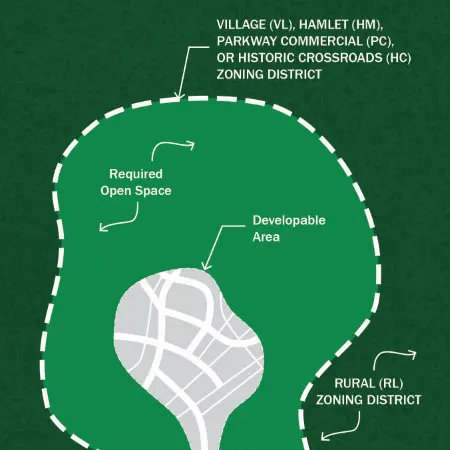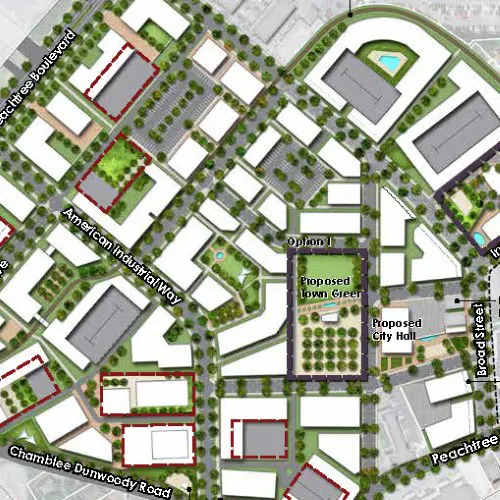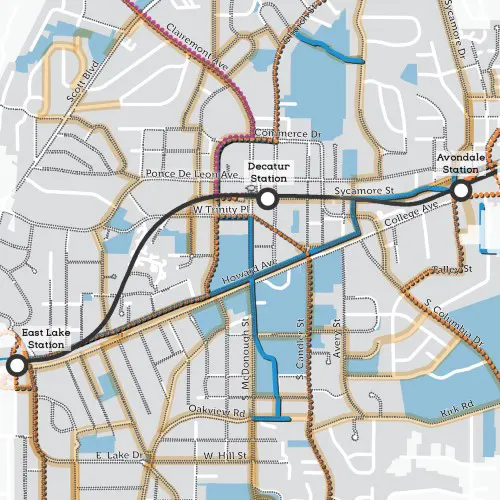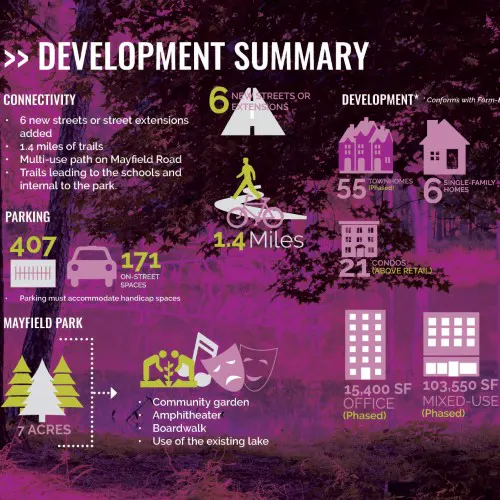City coding and guidelines refers to the process of using technology and programming to improve the functioning and livability of cities. This can include creating digital tools and applications to help with urban planning, transportation, public services, and more. There are several key guidelines and best practices that are important for city coding to be effective.
One important guideline is to involve the community in the development process. This means working closely with residents, local organizations, and city officials to understand their needs and preferences, and to ensure that the final product meets their expectations. This can involve holding public meetings, conducting surveys, and soliciting feedback throughout the development process.
Another important guideline is to make sure that the code and data used for city coding is open and accessible. This means using open-source software and making sure that any data used is available to the public in a format that can be easily accessed and understood. This can help to promote transparency and accountability, and can also make it easier for others to build on or improve the work that has been done.
Another important guideline is to ensure that the solutions created are scalable, sustainable and adaptable to the city’s future changes. This means designing systems and applications that can be easily expanded and updated as the city’s needs evolve. The systems also need to be energy efficient, and use renewable energy sources to minimize the environmental footprint.
It’s also important to consider accessibility and inclusivity when designing city coding solutions. This means making sure that the systems and applications are usable by people of all abilities, and that they take into account the needs of marginalized and underrepresented groups. This can include designing for people with disabilities, and making sure that the systems are available in multiple languages.
Lastly, it’s important to ensure that the city coding solutions are secure and protect the privacy of citizens’ data. This means implementing security measures such as encryption and secure data storage to protect against hacking and other cyber threats. It also means being transparent about what data is collected and how it is used, and obtaining consent from citizens before collecting personal information.
Overall, city coding can be a powerful tool for improving the functioning and livability of cities, but it is important to follow best practices and guidelines in order to ensure that the solutions created are effective and beneficial for all members of the community.






